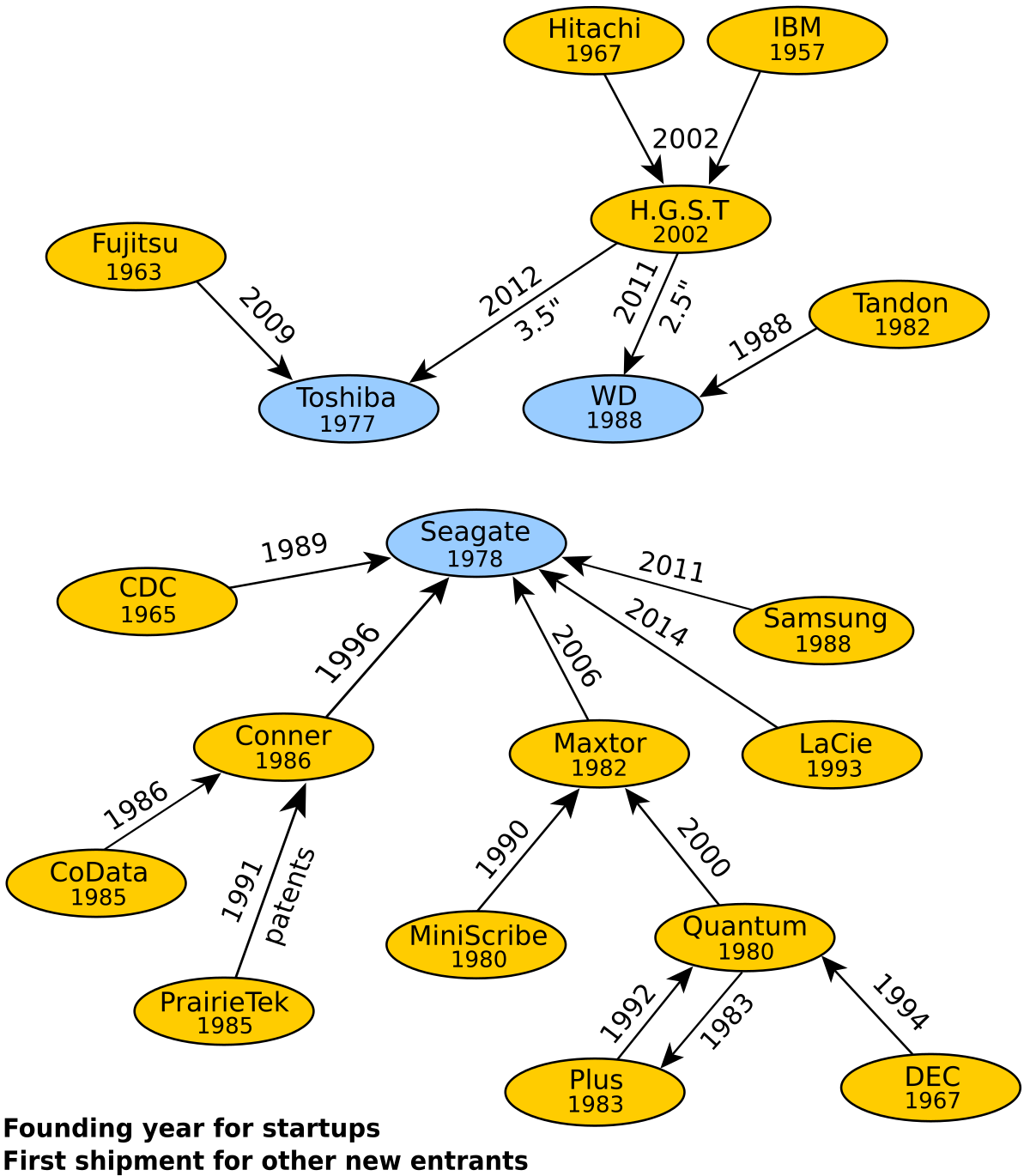https://www.tomshardware.com/news/wd-lists-all-drives-slower-smr-techNOLOGY
"The backlash has been swift, and now WD is striking a conciliatory tone with its customers in an update to its blog. The company also divulged that it is also shipping SMR technology in some of its WD Blue and WD Black hard drives for desktop PCs and laptops. "
Reds 2-6TB, 3.5" Blues 2-6TB, 2.5" Blues 1-2TB, and [1984] 2.5" [/1984] 1TB Blacks. The model numbers are listed.
"The backlash has been swift, and now WD is striking a conciliatory tone with its customers in an update to its blog. The company also divulged that it is also shipping SMR technology in some of its WD Blue and WD Black hard drives for desktop PCs and laptops. "
Reds 2-6TB, 3.5" Blues 2-6TB, 2.5" Blues 1-2TB, and [1984] 2.5" [/1984] 1TB Blacks. The model numbers are listed.
Last edited:
![[H]ard|Forum](/styles/hardforum/xenforo/logo_dark.png)
